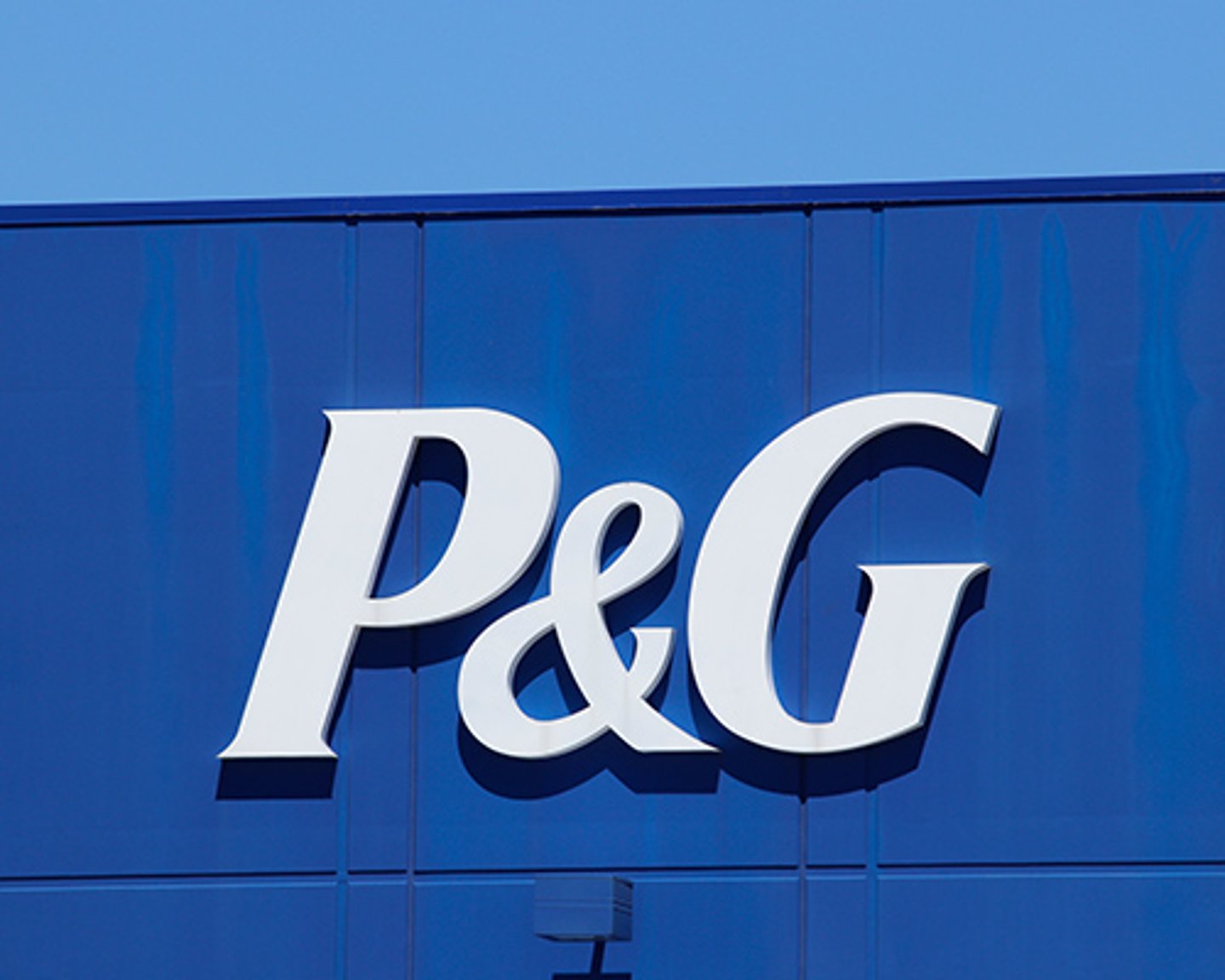P&G’s Global Scale Helping Mitigate Supply Chain Woes
Procter & Gamble reported a 4% increase in organic sales for its fiscal first quarter, beating expectations, but took a hit on profits thanks to increased commodity and supply chain costs.
As with many consumer goods companies, P&G has been challenged by rising transportation and warehousing costs, including driver shortages and diesel increases. It’s also experiencing high input costs within a variety of categories.
To combat some of these factors, the No. 2 publicly owned consumer goods company is raising prices, with the United States seeing price increases in nine of P&G’s 10 categories.
[See also: CPGs Weigh Vaccine Mandates and Upskilling To Keep Supply Chain Flowing]
The company reported net sales of $20.3 billion in its fiscal first quarter, up 5% year over year. Organic sales grew 4%, propelled by a 2% volume increase and a 1% pricing increase — driven primarily by volume growth and the price hikes in the North America regions, as well as in its health care and premium products.
P&G’s global e-commerce growth continues to be very strong, said Andre Schulten, P&G chief financial officer, in an investors call, with an increase of 16%. The company’s e-commerce business now represents about 14% of its total sales, which is across all channels.
“We are generally able to explain our benefits, our superiority, via more detailed e-content than we would be at a shelf,” Schulten said. “We have strong relationships with our partners as it comes to developing propositions and ensuring that our positions are fit for use in either e-comm channels or omnichannels.”
What’s more, being a leading brand in an omni-environment generally results in more shelf space and more inventory on the shelf, he noted. And so as consumers place orders, P&G is better able to ensure its products are on shelf, discoverable, and able to be fulfilled in-store.
“Generally, e-com, we believe, plays to our strengths and we can support our e-com business with strong marketing and brand building to sustain that level of growth,” he added.
The price increases, which have already begun to go into effect, will be broad based, with the degree and timing of the increases to be category, brand and even product specific.
Despite the supply chain issues, P&G remains better positioned than many thanks to its scale. Its global footprint is providing the flexibility to shift sourcing as needed from one supplier to another, whether that’s because of more favorable supply or freight lane availability. This has in turn enabled them to optimize costs to a degree, Schulten said, and they’ve also been able to reformulate products without great impact on the product or consumer.
[See also: P&G Piloting Paper Fabric Care Bottle]
“We also have an organization that looks around the corner, anticipates potential bottlenecks, and then chooses to build inventories, either on materials and intermediates or unfinished products to then be able to withdraw from those inventories on a global basis,” he noted. “So it doesn't mean that we build inventory in the same region where we consume, but we have the ability to do that on a global basis.”
In addition to the price increases, P&G is also optimizing for productivity, including within its marketing spend.
“We estimate there's still significant opportunity to optimize in the ability to reach consumers more broadly and more effectively at significantly lower cost as our digital reach increases,” Schulten said. “We have significant opportunities still in our supply chain to optimize, leverage the digitization we've been investing in in our supply chain over the past years, better synchronize demand from suppliers, all the way to retail partners. And there's certainly still opportunities within our overhead structure, where we can optimize workforces, leverage innovation, leverage automation to focus employees on higher order tasks.”





